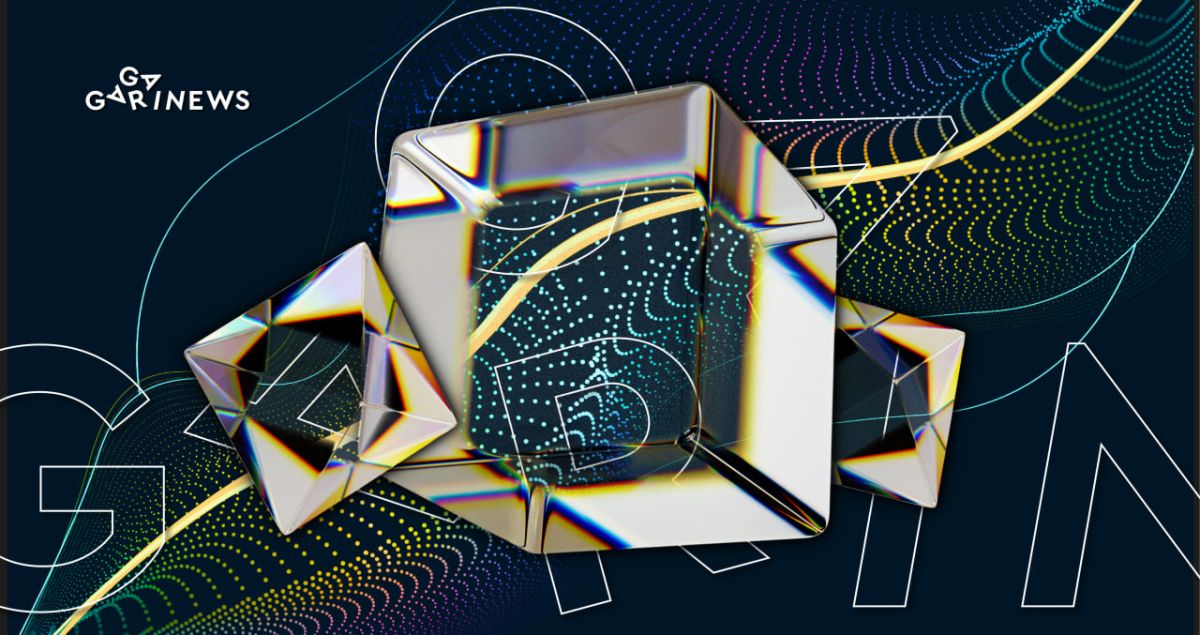Blockchain alternatives or types of distributed ledgers

In the crypto community, you can often find the use of the phrase distributed ledger as a synonym for the word blockchain. This is not a mistake, but the first term is much broader, and blockchain is the most popular.
Distributed Ledger Technology is a way of managing digital databases where information is stored on different devices. To date, the most applicable types of DLT include Blockchain, Hashgraph, Holochain, and DAG. Before moving on to a detailed description of each type, let's dwell on the characteristics that combine them into one concept.
In distributed registries, data is stored decentralized: many computer nodes are responsible for information, making up an integral registry and containing its full copy. In this case, decentralization should be understood only as having the same information on different devices because nodes can belong to the same company.
The records in the database are updated using consensus mechanisms. Due to this, changes accepted by one of the node operators are reflected on the registry as a whole.
Blockchain
Blockchain is the most famous type of distributed ledger that has become widespread in the cryptocurrency industry after the launch of Bitcoin. Its main elements are transactions written to the network by validators, forming an unbreakable chain of blocks. The chain structure is an exclusive feature of the blockchain. In addition to the basic information, transactions contain the date of their completion and an anonymous digital signature of the sender.
The blocks are backed by a hash function that allows the records to be identified and synchronized, distinguishing and separating them from each other. Blockchain also uses cryptography and immutability for the entered data to ensure the registry's security.
As a rule, the functioning of the entire system is supported by tokens, which are necessary for verifying transactions, rewarding validators, and other processes within the network.
Hashgraph
Hashgraph has been public since 2018, a technology developed by Swirlds. Unlike blockchain, Hashgraph does not record transactions in blocks but in “events” that are stored in a parallel structure with the same timestamp. This distributed registry also ensures data immutability.
The transfer of information takes place using the Gossip protocol, which functions similarly to the spread of rumors. The node transmits the transaction to nearby nodes, and they send it further. After a few minutes, the entire network is aware of the new data that needs to be added. Then, using the voting protocol, the node verifies the transactions and records them in the ledger.
But the main feature is its approach. As information is entered into the parallel structure, transactions are canceled. Thus, the data in the hashgraph is not stored forever. Therefore, each node should have several gigabytes of memory to ensure its operation.
DAG
Also known as a Directed Acyclic Graph. The scalability of this distributed ledger improves as the network expands. This happens due to the free nano-transaction tool. Therefore, the more transactions are processed by the network, the faster they're executed.
The acyclic graph appeared in 2015. It was first used by the NXT platform, which launches private and secure decentralized applications.
All DAG nodes can add and verify transactions in the ledger. However, several previous transactions need to be verified for the last process. This type of registry has a built-in automatic algorithm that randomly selects what data the node will analyze. Then all node transactions are combined into a branch, the length of which affects its network authority and capabilities.
Holochain
Holochain is a distributed ledger project that bills itself as an open-source platform for developing peer-to-peer applications. It was founded in 2016.
This technology has a unique philosophy. Instead of focusing on data, its creators have chosen an agent-based approach as a consensus mechanism. This means that each computer node has its own database for independent work. And together, the nodes make up a global network. With each new node that connects to the distributed ledger, the load decreases, and the computing space increases. Therefore, Holochain enables unlimited scalability.
Node information is stored in a decentralized hash table, protected by a unique cryptographic key. Valid nodes have their DNA identifiers, preventing a hacking attempt since unidentified agents can be quickly detected. In addition, there are no fees on the Holochain platform.
Distributed ledger technology concept
DLT can be compared to a template for developing more detailed databases with unique parameters. Each new type tries to solve the problems of the previous one, but they are all built on a standard model called a distributed ledger. The DLT mechanism, in turn, is based on data decentralization and was created as an alternative to centralized registries.
It is believed that distributed registries better protect against data loss and unwanted changes and are more transparent and secure than their predecessors. Not all organizations are adopting new technologies. Most companies prefer classic databases because they find them easier to manage, more efficient, and better at providing privacy.
The content on The Coinomist is for informational purposes only and should not be interpreted as financial advice. While we strive to provide accurate and up-to-date information, we do not guarantee the accuracy, completeness, or reliability of any content. Neither we accept liability for any errors or omissions in the information provided or for any financial losses incurred as a result of relying on this information. Actions based on this content are at your own risk. Always do your own research and consult a professional. See our Terms, Privacy Policy, and Disclaimers for more details.

























